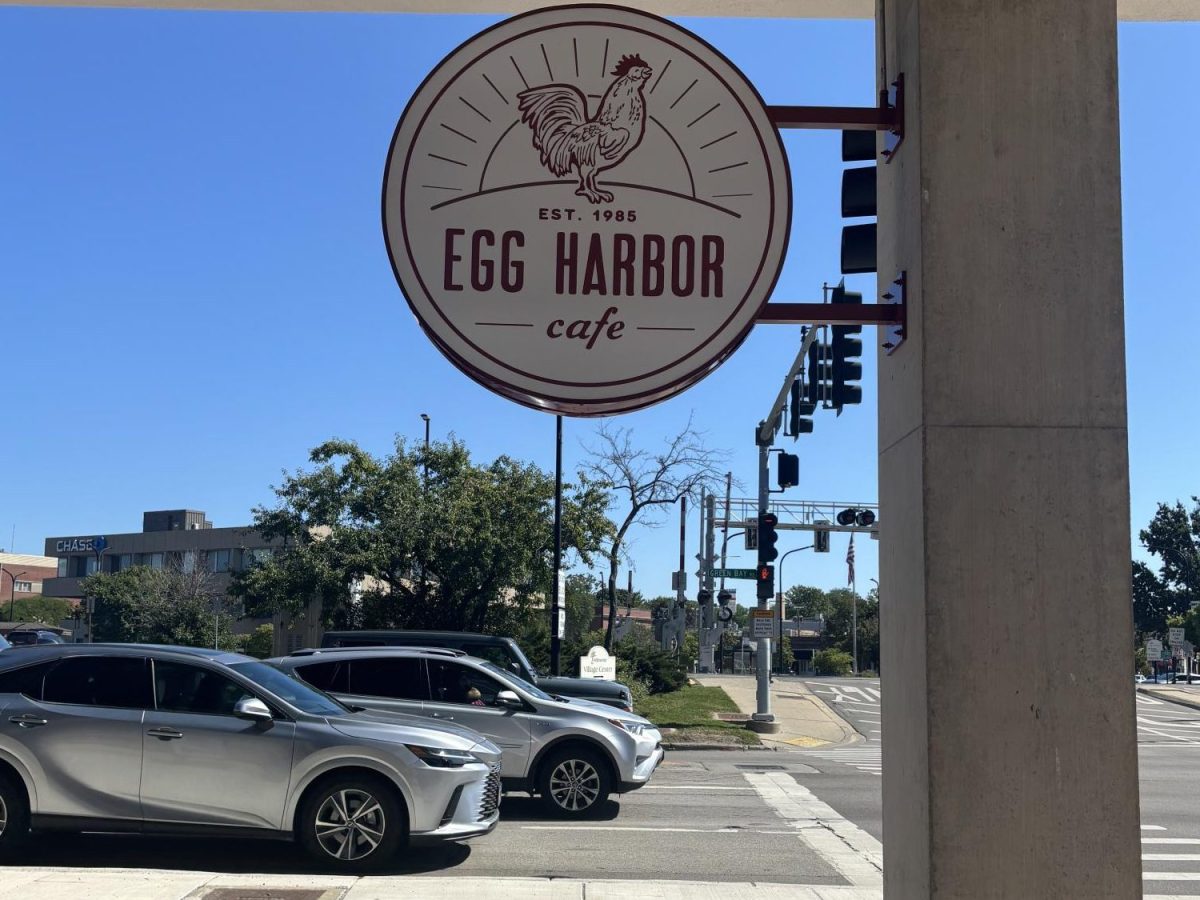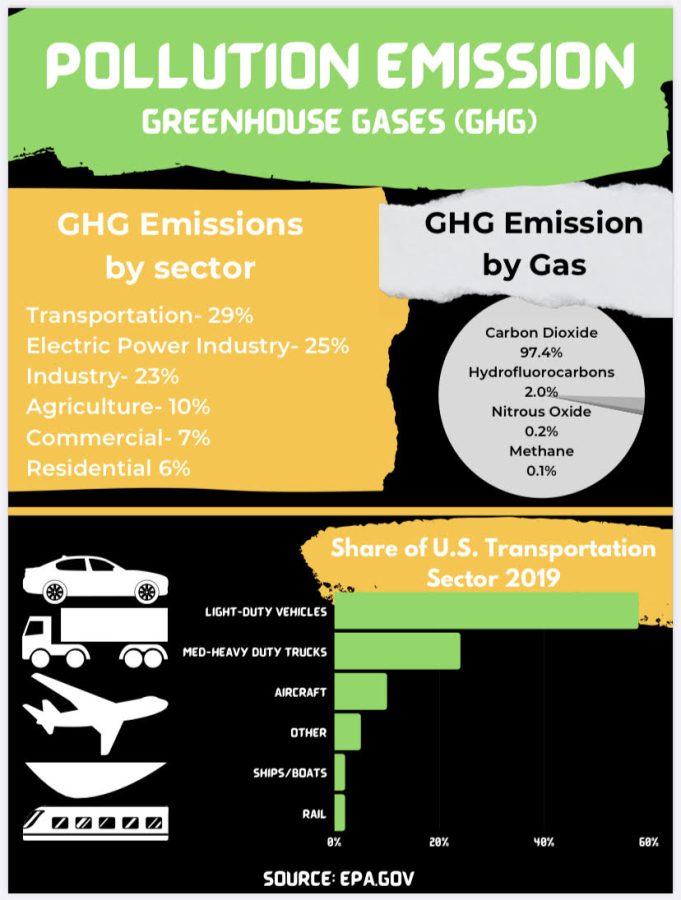Why America should improve its railway system
Remembering the forgotten king of travel
As of 2021, the vast majority of travel in the U.S. is by road. If it isn’t immediately apparent, this is a huge problem. The U.S. automotive industry is a major cause of pollution in the U.S. today. Whether through the manufacturing of vehicles, cumulative emissions or growing landfills, cars in the U.S. are doing a real number on the environment.
From assembly line to car compactor, automobiles create about one fifth of US carbon emissions according to the Union of Concerned Scientists. These emissions are released at surface level through tailpipes as well – directly into the lungs of passersby and the boughs of trees.
Trains, on the other hand, pollute significantly less per person than cars. According to ourworldindata.org, “Taking a train instead of a car for medium-length distances would cut your emissions by ~80%. Using a train instead of a domestic flight would reduce your emissions by ~84%.” Now that’s a figure worth repeating. Trains are ~80% more efficient than the average car. Think about how many times you drive your car each year; about how many times every American drives their car each year. That is a lot of carbon emissions, year over year. Official statistics from the EPA state that On-Road Vehicles in the United States emitted 1.5 billion metric tons of carbon dioxide equivalent in 2019. Truly a staggering amount of emissions.
In 2019, Amtrak recorded 32.5 million trips on their trains; a sizable amount to be sure. However, if you compare that to the 276 million ground vehicles in the U.S., you get the picture of just how many more people are driving than riding. Numbers like these show how insufficient the current U.S. rail system is.
American rail transportation extends further than passengers, however; there is also freight. According to an expert rail researcher Andreas Hoffrichter, freight transportation takes a much larger role in American rail, “about one-third of the ton-miles and consumes only about 2 percent of the transportation energy in the United States.” So while there is not enough passenger transit on trains, there is a large pre-existing network of industrial rail.
The problem is, none of it is government owned. All of this freight being transported across the U.S. is privately owned and operated. So while there may be a good basis for a larger passenger rail system, it would be harder for one central entity to access it. Government and private investments can, with time and dedication, change this. Union Pacific, the largest rail company in the United States, operates rails from coast to coast, though all of it is freight. Partnership between the government or a larger passenger rail company such as Amtrak could in theory lead to a more efficient and accessible rail system for all Americans.
A centralized rail system like that of Europe, which stretches to every corner of the continent, would be a boon for the U.S.; decreasing carbon emissions and easing costs for the average American.







































